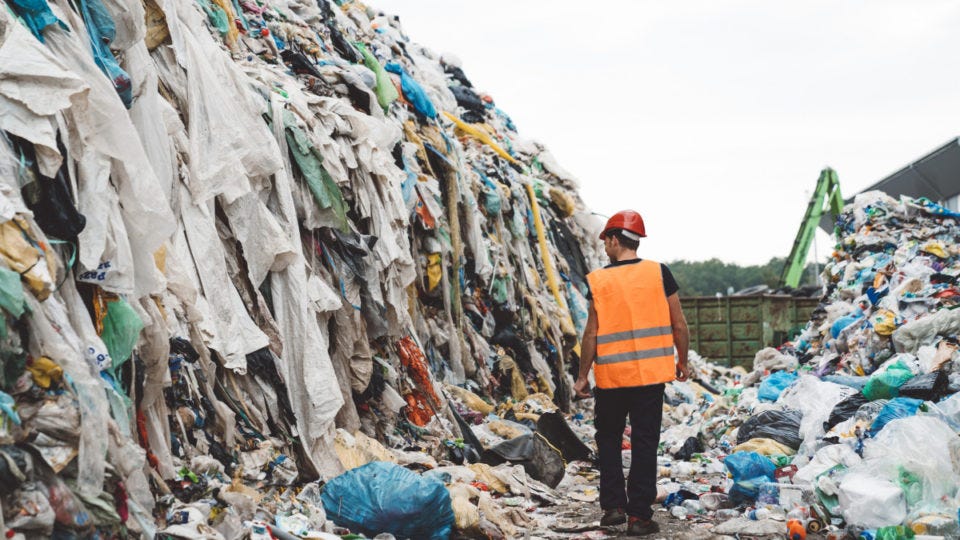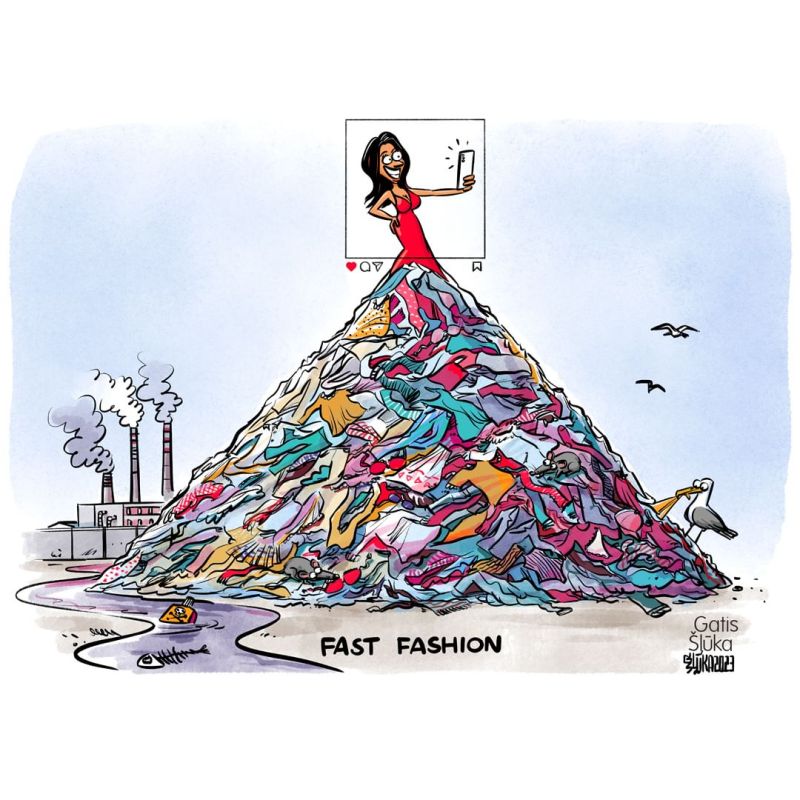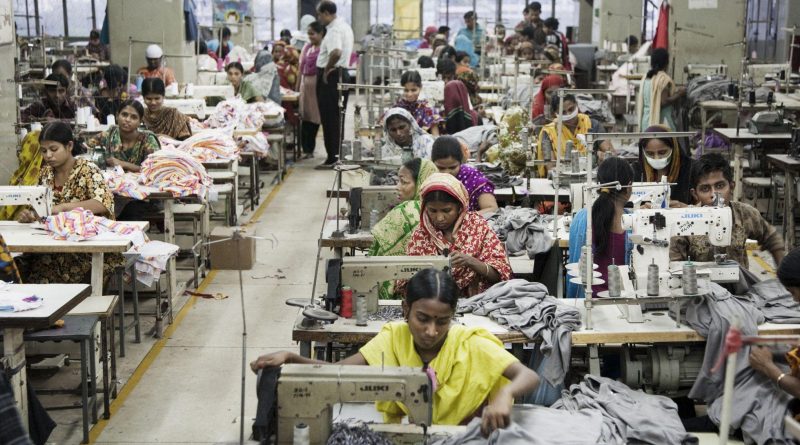Hazard due to Haste
Saumya Sinha
Staff Writer
The rapid change in trends brings about exceptional fashion pieces to the world. But the race to keep up with these trends, by some brands, is being translated to environmental detriment.

Fashion is one of the greatest forms of art. One of my favorite quotes from Blair Waldorf (Gossip Girl) is that fashion is movement, architecture, and design all in one. Nonetheless, it should not come at the cost of damaging the planet we live on. It is unfair to the future generation and ours. To replicate cat-walk trends, brands like Shein produce high amounts of clothing made of toxic material, contributing to being one of the largest polluters of clean water. Fast fashion alone contributes to 10% of all global emissions. Furthermore, to keep up with their famous reputation of low costs, underage workers are exploited. They are forced to work under terrifying conditions with shamefully low pay. The race continues with the fashion industry overproducing items that had intentions of selling, but these toxic products end up in landfills, damaging plants, and harming animals. 85% of total textiles go to waste and fill up dumps.

My mother is my fashion icon and she taught me to always be dressed to impress and always to have a commendable first impression. I truly have a special place for fashion in my heart. It aches me, like any other human being with a passion for this art, to see the fashion industry facing so much backlash due to such dishonorable actions. The rising trend of viral try-ons and shopping haul videos in social media thereafter influenced the younger generation into thinking fast fashion is what one needs to get accepted by society. Finding similar clothes that celebrities wear and producing similar products at cheaper prices is what these brands are focusing on.
The immorality of fast fashion should be discussed and demolished, for people to practice this art form and be truly proud of it. Fashion is a way of expressing oneself, and their personality. About 92 million clothes-related waste are gathered each year, half of which contribute to harmful microplastics. One of the most environmentally friendly options that also builds respect for each piece of clothing is practicing thrifting. One can grant new life to an old piece of art and keep it alive. More light must shine on fast fashion’s costs because it is inexcusable. It is selfish to damage the environment, and animals, to exploit humans to achieve a few moments of satisfaction and fame.
Contact Saumya at saumya.sinha@student.shu.edu

